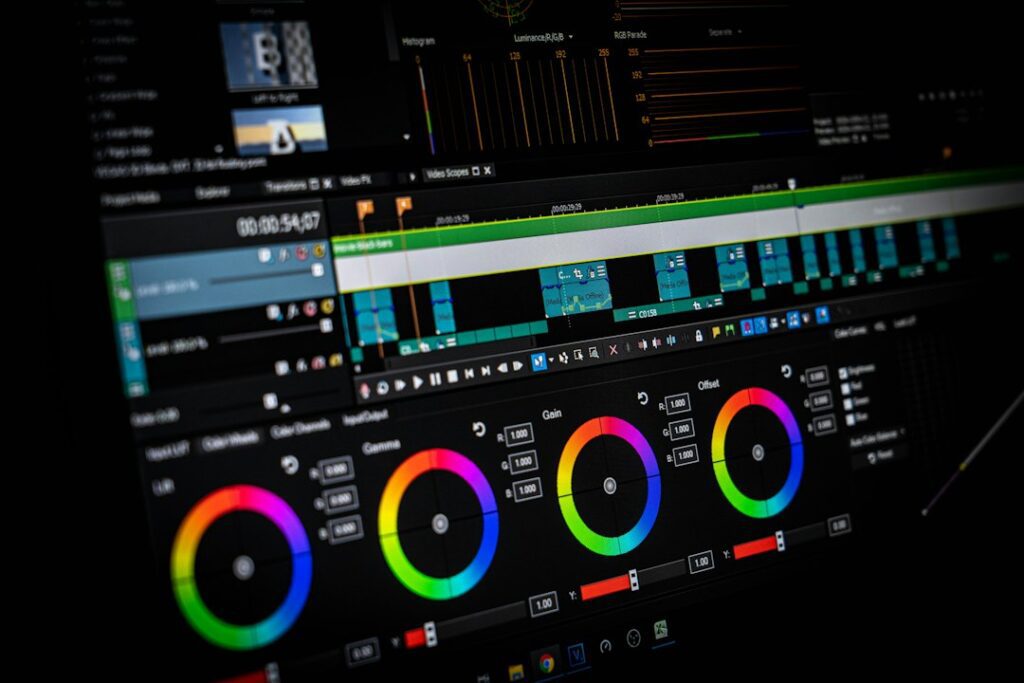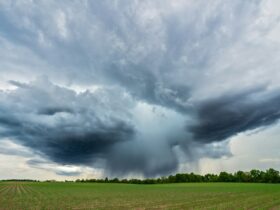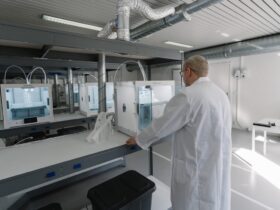Embracing Linux for Photography: A Comprehensive Guide to Image Management and Editing
Are you a passionate photographer always on the lookout for innovative and cost-effective solutions to enhance your photography skills? If so, this blog post is tailor-made for you! Today, we’re going to explore the fascinating world of photography on the Linux platform. Whether you’re a seasoned professional or just starting out, Linux offers a plethora of powerful tools for image management and editing that are sure to take your photography game to the next level.
Unveiling Surprising Statistics
Before we delve into the myriad ways Linux can revolutionize your photography experience, let’s take a moment to consider some surprising statistics:
– Did you know that as of 2020, over 50% of the world’s servers run on Linux? The reliability and performance of the platform make it a preferred choice for businesses and individuals alike.
– In 2020, the number of active Linux users worldwide reached over 100 million, with the numbers continuing to grow steadily.
With these statistics in mind, it’s clear that Linux is not just a niche operating system, but a robust and widely embraced platform with a strong community and an array of resources for photographers.
Understanding the Linux Ecosystem
Linux is much more than just an operating system; it’s a vibrant and diverse ecosystem with a multitude of distributions, each tailored to different needs and preferences. From the user-friendly Ubuntu to the highly customizable Arch Linux, there’s a distribution for everyone.
– Ubuntu: Known for its ease of use and vast community support, Ubuntu is an excellent choice for photographers looking to transition to Linux seamlessly.
– Fedora: If you’re after cutting-edge features and a focus on open-source software, Fedora might be the perfect fit for your photography workflow.
– Arch Linux: For the tech-savvy photographer craving complete control over their system, Arch Linux provides a minimalist base with the freedom to build a personalized photography environment.
Leveraging Image Management Tools
Now, let’s turn our attention to image management – a crucial aspect of any photographer’s workflow. Linux offers a range of powerful tools to organize and streamline your image library.
Digikam
One standout tool is Digikam, an advanced open-source photo management application that allows you to import, organize, and edit your photos with ease. Its feature-rich interface and seamless integration with popular camera models make it a game-changer for photographers.
Darktable
Another gem in the Linux arsenal is Darktable, a virtual lighttable and darkroom for photographers. With non-destructive editing, powerful export options, and an intuitive user interface, Darktable empowers photographers to bring their visions to life.
Exploring Image Editing Capabilities
When it comes to image editing, Linux boasts an impressive array of tools that rival proprietary software in functionality and performance.
GIMP
Standing tall among these tools is the GNU Image Manipulation Program (GIMP), a versatile and robust photo editor that offers a wide range of features, from retouching to image composition. With a thriving community producing plugins and scripts, GIMP can be tailored to suit your specific editing needs.
Krita
For photographers with a penchant for digital painting and illustration, Krita provides a powerful suite of tools for creating stunning artworks and enhancing photographs with artistic flair. Its customizable brushes and extensive support for graphics tablets make it a favorite among creatives.
How to Incorporate Linux into Your Photography Workflow
Now that we’ve explored the remarkable potential of Linux for image management and editing, let’s discuss how you can seamlessly incorporate Linux into your daily photography endeavors.
Choosing the Right Distribution
First and foremost, select a Linux distribution that aligns with your technical proficiency and workflow requirements. Whether you prefer the user-friendly nature of Ubuntu or the flexibility of Arch Linux, make an informed choice that complements your photography journey.
Learning the Basics
Familiarize yourself with the basics of the Linux environment. Understanding fundamental commands, file management, and the package management system will empower you to navigate the system effortlessly.
Exploring Tutorials and Communities
Take advantage of the wealth of online tutorials and the vibrant Linux community. Platforms like Stack Exchange and Reddit host dedicated communities where you can seek advice, share experiences, and learn from fellow photographers utilizing Linux.
Integrating with Photography Hardware
Ensure seamless integration with your photography hardware. Linux has made significant strides in hardware compatibility, but it’s always beneficial to research and ensure that your camera, printer, and other devices are well-supported.
Experimenting and Adapting
Embrace a spirit of experimentation and adaptability. Linux offers a wealth of software options, so don’t hesitate to try different tools and workflows to find what best suits your style and preferences.
In Conclusion
In conclusion, the world of photography on Linux is a treasure trove of possibilities waiting to be explored. From proficient image management with Digikam and Darktable to powerful editing with GIMP and Krita, Linux offers a compelling alternative to proprietary software.
As you embark on this exciting journey, remember that the key to success lies in curiosity and perseverance. Embrace the Linux ecosystem, leverage its powerful tools, and collaborate with its vibrant community. With the right approach, Linux has the potential to elevate your photography to new heights, all while offering the freedom and flexibility that define the open-source philosophy.
So, go ahead, take that leap, and unlock the boundless potential of Linux for your photography endeavors!
















